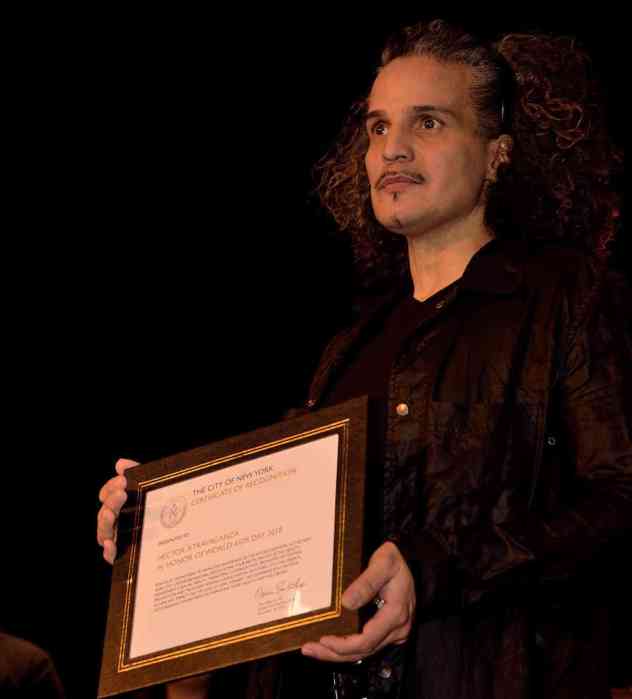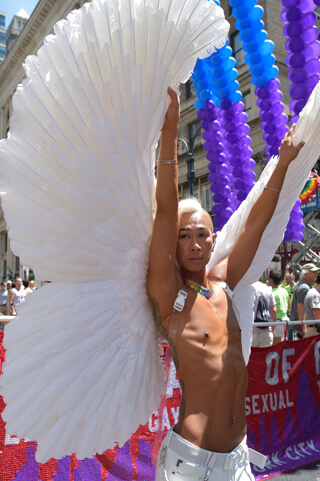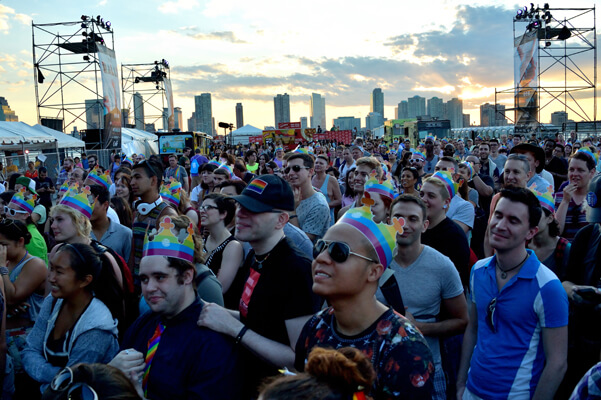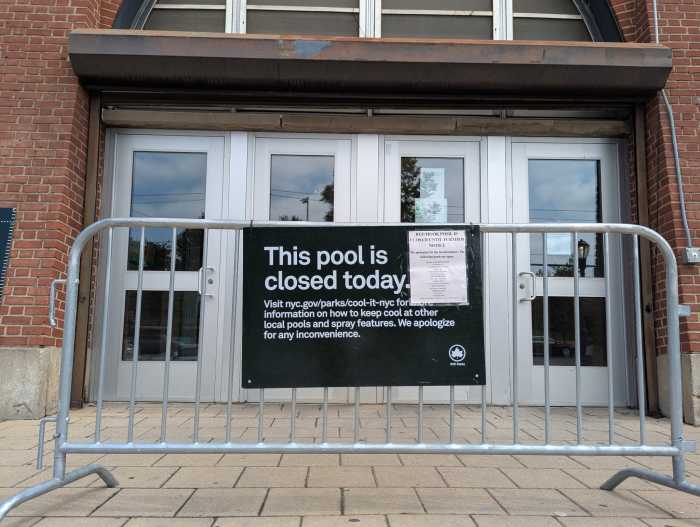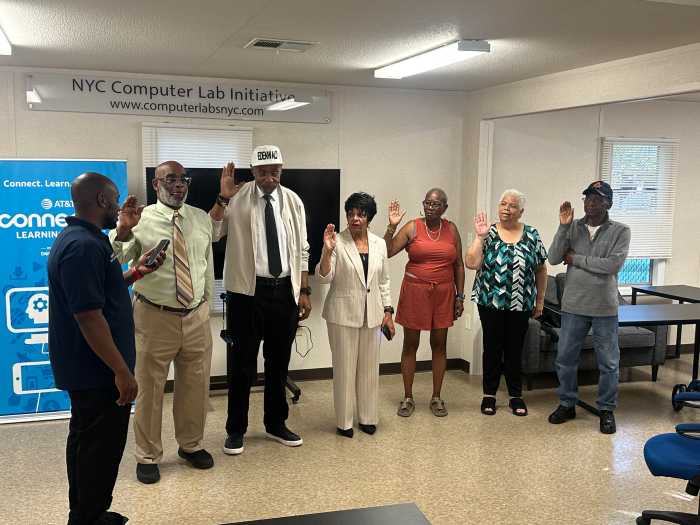In a way, this all came to head with Scarlett Johansson.
In July of this year, she was cast in “Rub & Tug,” a film about Dante “Tex” Gill, a gangster born Lois Jean Gill but who identified as male. The transgender community objected to Johansson’s casting and in a statement published in Out magazine the actress declared, “In light of recent ethical questions raised surrounding my casting as Dante ‘Tex’ Gill, I have decided to respectfully withdraw my participation in the project.”
This was rather remarkable. In recent years, such cisgender actors as Felicity Huffman, Jared Leto, and Jeffrey Tambor have played transgender characters to critical acclaim. But over that same period, transgender issues have come into focus in ways that would never have been thought possible back in the days when Christine Jorgensen was all anybody ever talked about when it came to gender transition. Caitlyn Jenner, Stephen Ira Beatty (Warren and Annette’s firstborn, and most recently Vermont Democratic gubernatorial nominee Christine Hallquist have made names for themselves as transgender individuals fully integrated into society. And as a result, the casting question Johansson faced.
What’s at play here? Transgender actor Trace Lysette put it best: “I wouldn’t be as upset if I was getting in the same rooms as Jennifer Lawrence and Scarlett for cis roles, but we know that’s not the case.”
Trans actress Laverne Cox (“Orange is the New Black”) has broken through — though most prominently for a transgender role — and Lysette is right to wonder whether she’ll be the exception or the rule.
We’ve come a long way from “Myra Breckinridge,” the misbegotten 1970 big-screen adaptation of Gore Vidal’s satirical novel about a transgender woman’s conquest of Hollywood. Trans Warhol Superstar Candy Darling longed to play the part. She might well have done wonders with it. But the role went instead to Raquel Welch, who played her as… Raquel Welch. This megillah, which co-starred Mae West and Rex Reed, was at least a more interesting fiasco than Irving Rapper’s film of “The Christine Jorgensen Story,” released that same year, with the hapless John Hansen, utterly clueless as to how to play her.

It doesn’t take a Scarlett Johansson to tell you that were these films done today they would be far more attentive to how their subjects were played and who would play them. This, in turn, opens up larger questions about the implications of acting a role versus being that role.
In a Hollywood Reporter interview, Cate Blanchett took exception to Johansson’s decision, noting her own experience with the film “Carol” (2015). She said she had never been asked more questions about her sexuality than when she played the lesbian title character in Todd Haynes’ adaptation of Patricia Highsmith’s novel.
“Many interviewers during the ‘Carol’ junket seemed to imply or question whether having a lesbian experience was essential to understanding such a role,” Blanchett said, adamantly resisting that idea.
“I will fight to the death for the right to suspend disbelief and play roles beyond my experience,” she continued. “I think reality television and all that that entails had an extraordinary impact, a profound impact on the way we view the creation of character. I think we expect and only expect people to make a profound connection to a character when it’s close to their experience.”
That may be true today when out gay, lesbian, and transgender actors are easy to find, but that certainly wasn’t true in the past. Consider, for example, the original film version of Mart Crowley’s “The Boys in the Band” (1970) compared with the 2018 Broadway revival. Most of the cast of the original production were gay. All of the cast of the revival were. The difference is that no one in the first edition was out. Back in the day, being out and having a viable career was regarded as literally impossible. Even playing a gay role was a risk. None of the original cast members of “The Boys in the Band” had much of a career. Nowadays, playing gay can win you an Oscar. Witness Tom Hanks in “Philadelphia” and Sean Penn in “Milk.”
But what about actors who are gay — and, more importantly, out? Let’s take a look.

Jim Parsons, openly gay, has played gay on stage in “The Normal Heart” and the revival of “The Boys in the Band” and plays a straight character on his hit comedy TV series “The Big Bang Theory.” There, he has been warmly embraced by mainstream viewers, just as Neil Patrick Harris was before him on “How I Met Your Mother,” where he played a straight man — a caddish one, at that — while being thoroughly out to the world.
But what about gay roles? Think of Eric McCormack and Sean Hayes on “Will & Grace.” Both play gay men, but only Hayes is actually gay. It appears to be a perfect fit as Hayes is playing the typical (though no exactly stereotypical) comic gay role while McCormack is the embodiment of “straight-acting, straight-appearing.” Is this the new paradigm? And is it somehow unacceptable or impolite to ask if a gay actor can add something special to a gay role that a straight actor cannot? Ian McKellen was perfect as James Whale in “Gods and Monsters,” his gayness clearly adding color to the part. He won an Oscar nomination, but not the Best Actor prize itself. Did everyone think that because he’s gay it was “easy” for him to do the role, that he was just “being himself?”
I wouldn’t have wanted anyone other than Peter Finch to play Dr. Daniel Hirsch in John Schlesinger’s 1971 “Sunday Bloody Sunday,” a film that broke all sorts of barriers in dealing with gays and bisexuals seriously. Finch was straight, but he clearly had insight into what it meant to be gay in Great Britain at that time. Alec McCowen could have played the role well, though he wasn’t out.
Late in Schlesinger’s career came his telefilm of Alan Bennett’s “An Englishman Abroad,” in which bisexual idol Alan Bates (who can forget him wrestling naked with Oliver Reed in “Women in Love?”) played gay British spy Guy Burgess. Was he “being himself?” Hardly. He wasn’t a spy for the Kremlin. But he played the part with a keen knowledge of gay style, particularly in his conversations with Coral Browne (playing herself). Bates was playing precisely the sort of gay/ bi man who knew how to charm women — as he had obviously done many times himself off-screen.
Early in Schlesinger’s career there was “Darling” (1965) in which Roland Curram played Julie Christie’s gay photographer pal. Curram was not only gay, but having an affair with Schlesinger at the time (something only those in the know were aware of, but it sheds light on the casting process). Also in the cast as Christie’s love interests were Laurence Harvey and Dirk Bogarde. Harvey was notoriously bisexual; Bogarde, now famously closeted despite having played several important gay roles. In “Victim” (1961), a classic socio-political protest film exposing the destruction caused by the British ban against homosexuality, Bogarde played a closeted barrister who exposes a blackmail ring responsible for his lover’s suicide. His portrayal was quite reserved.
But that same year, in “The Singer Not The Song,” he played a Mexican bandit unaccountably enamored of a priest played by John Mills. Dressed head to toe in black leather, Bogarde was, as the saying goes, “camp to the tits,” though not as much so as when he played the super-villain Gabriel in Joseph Losey’s “Modesty Blaise” (1966), married to a murderous lesbian (Rossella Falk, adding her own brand of camp) and waited on by a series of gorgeous youths. A few years before, for the same director, Bogarde played the sinister bisexual title character in “The Servant” (1963), seducing his employer, James Fox, with the enthusiasm of a cat toying with a mouse. Not exactly a candidate for the GLAAD Media Awards, but unforgettable in its own special ways.

Gay moviegoers’ awareness of Bogarde’s sexuality and the ways of the show business world clearly figured in their enjoyment of these films. Bogarde’s career flourished apart from the climate that faced closeted leading men in Hollywood like Rock Hudson and Cary Grant. Hudson’s outing as a result of his AIDS diagnosis and death was a watershed moment for Hollywood. It left everyone, gay and straight, speaking more freely about sexuality in the entertainment world.
That wasn’t the case back in 1948 when Alfred Hitchcock made “Rope.” While nominally based on British playwright Patrick Hamilton’s rendition of the Leopold and Loeb child murder case from the 1920s, “Rope” was given a page one rewrite by Arthur Laurents because the Hollywood censors cited such common English terms as “my dear boy” as unsuitable “homosexual dialogue.” To Hitchcock’s delight, Laurents slipped one past the goalie with his screenplay. The leads in this tale of upper crust New York thrill killers were Farley Granger and John Dall, both gay in real life and Granger in the midst of an affair with Laurents at the time. The murder they commit is devised as a means of outing their academic mentor, who they believe is “like us.” The older man is played by James Stewart, who of course isn’t like them at all. The film’s climactic confrontation would have been far different had Hitchcock been able to get his first choice for the role — Cary Grant. But Grant turned it down for obvious reasons. He was no Dirk Bogarde, much less Neil Patrick Harris.
Granger went on to work for Hitchcock once again in “Strangers on a Train” (1951), his adaptation of Highsmith’s first novel. But here he isn’t gay. Rather, he was the straight object of unwanted attention from a gay psychopath played by Robert Walker with a gay flair suggesting that same-sex attraction was not unknown to him. Was he closeted and “dropping hairpins” through his playing, or was he just a very smart straight actor who knew how the world worked? The jury is still out, and is likely to remain so. Walker gave much the same performance in his next and last film, Leo McCarey’s “My Son John,” a bit of anti-communist hysteria that the actor never lived to see, dying during production. With his passing, the mystery of his uncannily gay performances in both films remains.
While Walker was unlucky (only 33 at his death), “Strangers on a Train” was just the start of Highsmith’s literary and cinematic career. Among her works that most benefited from the screen, “The Talented Mr. Ripley” was made into two very different but equally fine versions. “Purple Noon” (1960) starred Alain Delon as the sinuous, sinister anti-hero who murders his way into the sweet life, while Matt Damon played him in Anthony Minghella’s 1999 film that used Highsmith’s title. Both performers are excellent, though Delon, whose off-screen reputation suggests an affinity to the Ripley character on a number of levels (eros being one, the other being that his former bodyguard and chauffeur was killed under mysterious circumstances in 1968), has the edge.
But what of the ladies? Katharine Hepburn locked herself firmly in the closet, fending off possible queries with all manner of invented nonsense about the love of her life, the equally closeted Spencer Tracy. Marlene Dietrich made no secret of her bisexuality, though it was easier to get away with that in the pre-Code era (“Morocco” was a 1930 release) than later in her career. Jodie Foster has yet to play a lesbian on screen, though in Spike Lee’s brilliant caper film “Inside Man” (2008) she comes this close.
And then there’s Kate McKinnon, who’s outer and prouder than any actress who has ever appeared before a camera. While the script doesn’t spell it out, she played her randy Sapphic self in the “Ghostbusters” reboot (2016), and it is to be hoped she gets a chance to offer more in the future. Perhaps in an adaptation of Patricia Highsmith’s last novel, “Small g,” about a nightclub in Switzerland so labeled in the gay guides to mean “gay but not entirely.” It would make a terrific movie — provided the right script, director, and cast are provided.

Where might such a film fit into the state of LGBTQ in 2018? Hardly between a rock and a hard place these days. More like between a wooden park bench and a big fluffy pillow. Playing gay is perfectly acceptable. And being gay seems to be less and less of a third rail for acting careers. But playing queer while being queer is something we’ve not yet seen enough of. It’s time for the film industry to bring it on.



